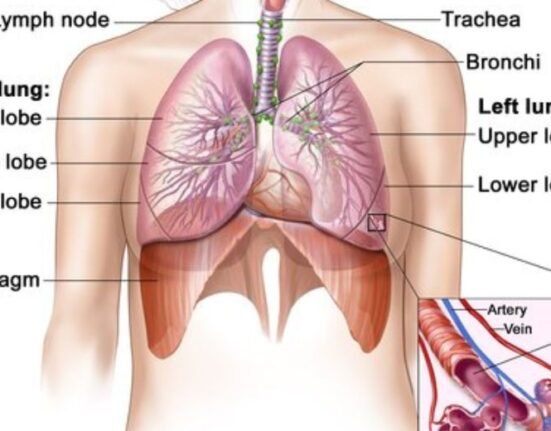HQ Team
October 9, 2022: New research carried out by scientists at the University of Aberdeen, UK, and Hasselt University, Belgium, finds that air pollutants can enter the lungs of developing babies as early as the first trimester.
These pollutants have a long-lasting effect on the health and fertility of these unborn babies later on in life, the research shows.
The study, published in the Lancet Planetary Health journal, found small pollutants cross the placental barrier and impact the airways of the foetus.
Nano pollutants such as black carbon – or soot – inhaled can enter the foetus’ vulnerable developing organs, including its liver, lungs, and brain. The more a pregnant mother is exposed to pollution, the worse it is for the foetus. These very small particles (nanoparticles) can cause well-known health problems, though their full impact on developing children in the wombs is poorly understood.
Previous studies by the Hasselt University team found that black carbon nanoparticles can breach the placenta, but there was no evidence to show that they then enter the foetus.
Air pollutants affect brain development
Professor Tim Nawrot, professor of environmental epidemiology at Hasselt University, said: “We know that exposure to air pollution during pregnancy and infancy has been linked with stillbirth, preterm birth, low weight babies and disturbed brain development, with consequences persisting throughout life.”
“What is even more worrying is that these black carbon particles also get into the developing human brain,” Professor Paul Fowler, of the University of Aberdeen, said in a statement. “This means that it is possible for these nanoparticles to directly interact with control systems within human foetal organs and cells”.
The Hasselt team also found that the number of black carbon particles that get into the mother are passed on proportionally to the placenta and into the baby.
Stricter air pollution regulations needed
The study authors conclude that now it is known that the developing baby in the womb is directly exposed to black carbon air pollution particles, uncovering the mechanisms involved in health risks has become even more urgent. And it is equally essential the air pollution regulations take these findings into consideration for stricter control.








